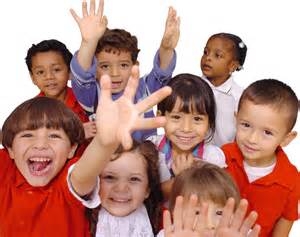 The first national survey of children with attention deficit/hyperactivity disorder (ADHD), published in the Journal of Pediatrics in 2015, shows that nearly half of pre-schoolers are on medication for the condition, and more than a fifth are receiving neither of the recommended therapies. The survey uses data from the 2009-2010 National Survey of Children With Special Health Care Needs.
The first national survey of children with attention deficit/hyperactivity disorder (ADHD), published in the Journal of Pediatrics in 2015, shows that nearly half of pre-schoolers are on medication for the condition, and more than a fifth are receiving neither of the recommended therapies. The survey uses data from the 2009-2010 National Survey of Children With Special Health Care Needs.
American Academy of Pediatrics guidelines call for the use of behavioral therapy first with children younger than 6 because the long-term impacts of medications on developing brains are not well known. But the data show that 46.6 percent of the pre-school aged children with the disorder had taken medication alone or with behavioral therapy in the previous week, and 53.2 percent had used behavioral therapy in the previous year. Another 21.4 percent received neither therapy.
Ileana Arias, principal deputy director of the Centers for Disease Control and Prevention, which took part in the study, said in a statement that “we do not know what the long-term effects of psychotropic medications are on the developing brains and bodies of little kids. What we do know is that behavioral therapy is safe and can have long-term positive impacts on how a child with ADHD functions at home, in school and with friends.”
“We think there may be an issue with the availability of behavioral treatments for pre-schoolers,” Steven Cuffe, chairman of the Department of Psychiatry at the University of Florida College of Medicine in Jacksonville, and one of the study authors said. “That is our suspicion. That
For school-aged children, Cuffe, said, medication alone or a combination of drugs and behavioral therapy is the treatment of choice.
